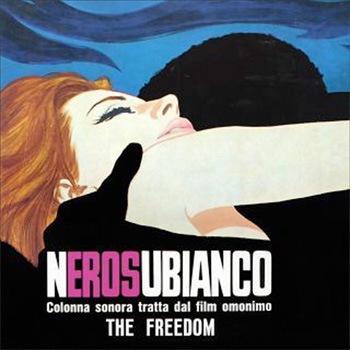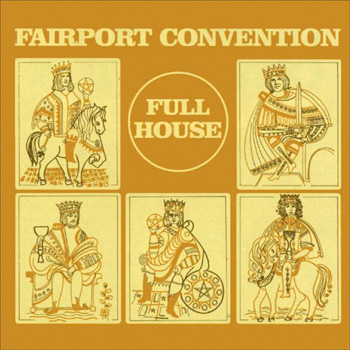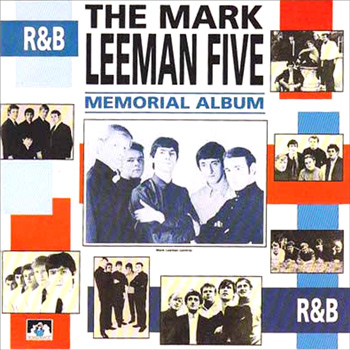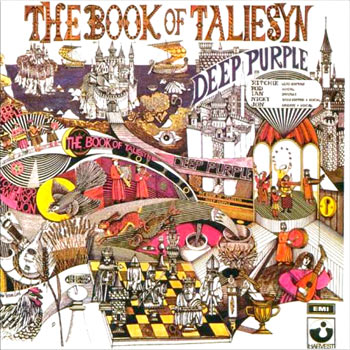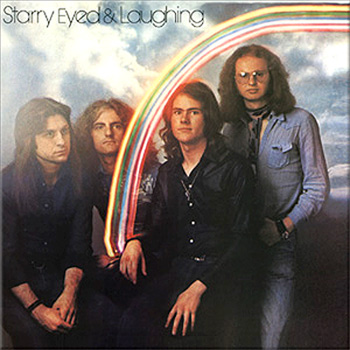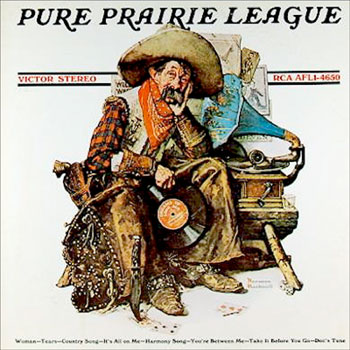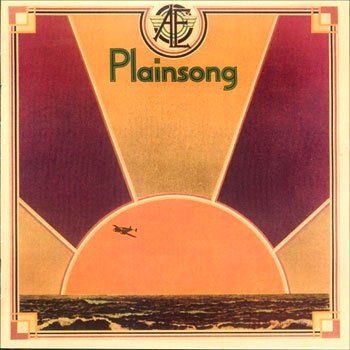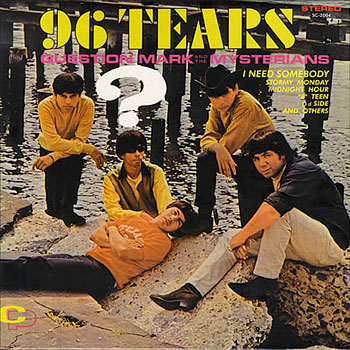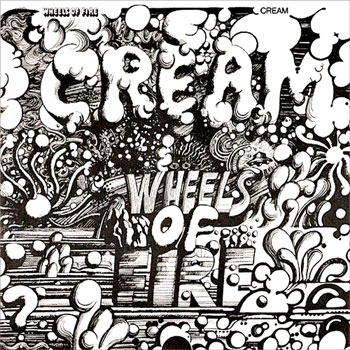PODCAST 22 Car songs

Running Time: 53:38 | File Size 73.7 MB
Download: .mp3
To subscribe to this podcast: https://therisingstorm.net/podcast.xml [?]
We’re proud to announce the first TRS mix from our UK correspondent, Leonard Leichti. It’s got tracks from the likes of Woody, Cooder, Roy, Who, Stones and more:
1. Ry Cooder “Crazy ˜Bout An Automobile”
2. The Rolling Stones “You Can’t Catch Me”
3. Roy Orbison “I Drove All Night”
4. Woody Guthrie “Car Song”
5. Commander Cody “Hot Rod Lincoln”
6. Green On Red “Frozen In My Headlights”
7. Jerry Reed “East Bound And Down”
8. Robert Johnson “Terraplane Blues”
9. Michael Nesmith “Highway 99 With Melange”
10. Nelson Riddle “Theme From Route 66”
11. Billy Bremner “Loud Music In Cars”
12. Junior Brown “Hill Country Hot Rod Man”
13. The Who “Jaguar”
14. Dave Edmunds “Crawling From The Wreckage”
15. Primal Scream “Kowalski”
